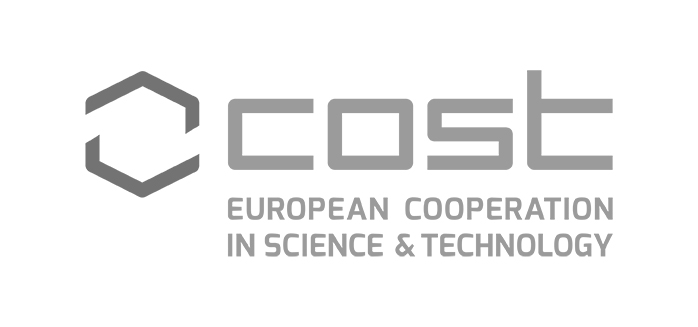WG1/WG4 Workshop: The Galactic Centre and Inner Galaxy
The first WG1/WG4 workshop on the Galactic Centre and Inner Galaxy will take place virtually, hosted in Heidelberg, DE: 10-12 February 2021.
Deadline for registrations is: 10 January 2020
Full details are available on the meeting webpage at https://www.zah.uni-heidelberg.de/mw-gaia2021
Workshop Overview
The inner regions of our Milky Way are dominated by the Galactic bar and a classical bulge. The barred potential causes gas to flow inwards and form stars in the central few 100 parsecs. Over time this process may have built up the nuclear stellar disk, also found at these radii. At the very centre, the nuclear star cluster surrounds the Galactic supermassive black hole, Sgr A*. The larger inner bulge region also contains the highest-density parts of the Milky Way's stellar halo, and perhaps an classical bulge component.
The next Gaia data release EDR3 will be released on Dec. 3, 2020, and will be based on 34 months of observations. Compared to DR2 improvements in completeness and astrometry (20% in parallaxes, factor of two in proper motion) will be provided. Additionally, more information on the parallax zero point will be included and the basis of the Celestial Reference Frame (CRF) will be extended to 1.5 million objects, a factor of three more.
During this 3 day workshop in (virtual) Heidelberg, we will focus on the impact of the ultra-precise Gaia astrometry on our understanding of the structure and dynamics of the Galactic bar and bulge region including the interrelation with the inner halo, the nuclear stellar disc and the central star cluster. Chemical enrichment, ages and the assembly history will also be covered. The celestial reference frame, zero points of parallaxes and proper motions, as well as questions of fundamental physics will be discussed. Also first results based on EDR3 are expected.
The format of the workshop is based on invited key presentations and contributed talks, ePosters, a practical hands-on session for EDR3, and dedicated discussions.
Topics Covered
- Gaia EDR3: overview, completeness
- Gaia Ref Frame: zero points in parallax and proper motion, fundamental physics and relativistic effects using Gaia and VLBI, Sgr A* and testing GR
- Bulge, Bar and Inner Halo: kinematics, dynamics, mass distribution
- Bulge, Bar, Inner Halo: metallicity-orbit distribution and stellar ages
- Bulge, Bar, Inner Halo: critical discussion on stellar ages in Bulge, assembly history from (hydro-)dynamical and cosmological simulations
- Nuclear Disk, Gas Inflow and Star Formation
Online Mode of Workshop
This workshop will be run online via ZOOM.
We will define a main channel for plenary sessions and breakout channels for additional focussed discussions and meetings. Meeting passcodes will be sent to registered participants. Dedicated meeting URLs will be attached to respective talks and events. Additional Slack Channels will be set up for dedicated chats.

